Researchers grew crystals containing actinium and illuminated them with X-rays to learn how the radioactive metal binds with other elements. That information could help design better cancer treatments.
Tag: Berkeley Lab
Tracking Down Toxic Metals From Tobacco Smoke
Homes and public places where people smoke may have high levels of harmful trace metals from cigarettes, even after smoking stops, Berkeley Lab researchers have found. These metals include cadmium, arsenic, and chromium, and the levels may be above safety limits set by California.
How Scientists Are Accelerating Chemistry Discoveries With Automation
Researchers have developed an automated workflow that could accelerate the discovery of new pharmaceutical drugs and other useful products. The new approach could enable real-time reaction analysis and identify new chemical-reaction products much faster than current laboratory methods.
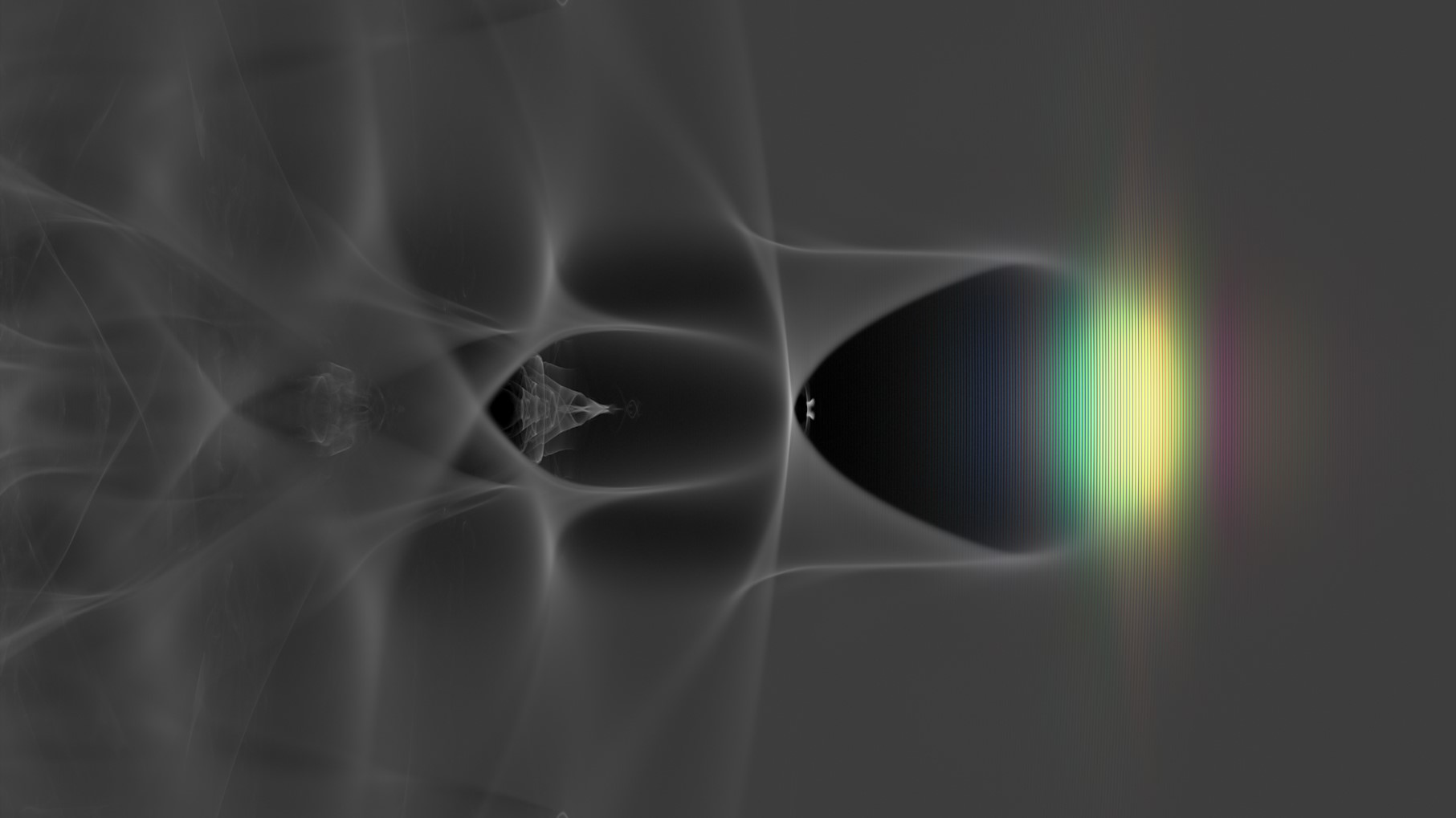
LLNL leads initiative to advance muon-based imaging
Scientists at Lawrence Livermore National Laboratory (LLNL) are working to change the speed of muon-based imaging with a new initiative called Intense and Compact Muon Sources for Science and Security (ICMuS2).
Accelerating Sustainable Semiconductors With ‘Multielement Ink’
Scientists have demonstrated “multielement ink” – the first “high-entropy” semiconductor that can be processed at low-temperature or room temperature. The new material could enable cost-effective and energy-efficient semiconductor manufacturing.
How Scientists Are Accelerating Next-Gen Microelectronics
In a new Q&A, microelectronics expert and CHiPPS Director Ricardo Ruiz shares his perspective on keeping pace with Moore’s Law in the decades to come through a revolutionary technique called extreme ultraviolet lithography.
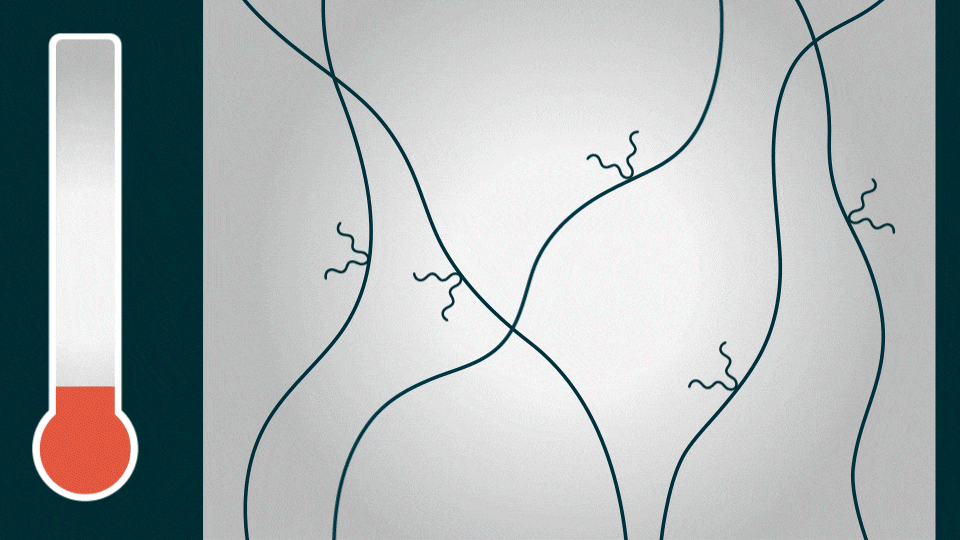
Electric Vehicle Batteries Could Get Big Boost With New Polymer Coating
Scientists at Berkeley Lab have developed a polymer coating that could enable longer lasting, more powerful lithium-ion batteries for electric vehicles. The advance opens up a new approach to developing EV batteries that are more affordable and yet easy to manufacture.
On the Road to Better Solid-State Batteries
A team from Berkeley Lab and Florida State University has designed a new blueprint for solid-state batteries that are less dependent on specific chemical elements. Their work could advance efficient, affordable solid-state batteries for electric cars.
How a Record-Breaking Copper Catalyst Converts CO2 Into Liquid Fuels
Since the 1970s, scientists have known that copper has a special ability to transform carbon dioxide into valuable chemicals and fuels. But for many years, scientists have struggled to understand how this common metal works as an electrocatalyst, a mechanism that uses energy from electrons to chemically transform molecules into different products.
Lost Video of Georges Lemaître, Father of the Big Bang Theory, Recovered
Fans of science history can now access a new gem: a 20-minute video interview with the father of the Big Bang theory, Georges Lemaître. European broadcast network VRT found the 20-minute recording that is thought to be the only video of Lemaître. His interview, originally aired in 1964 and conducted in French, has now been transcribed and translated into English by physicists at Berkeley Lab and the Vatican Observatory.
Climate Change Likely to Uproot More Amazon Trees
Tropical forests are crucial for sucking up carbon dioxide from the atmosphere. But they’re also subject to intense storms that can cause “windthrow” – the uprooting or breaking of trees. A new study finds that more extreme thunderstorms from climate change will likely cause a greater number of large windthrow events in the Amazon, which could impact the rainforest’s ability to serve as a carbon sink.
Berkeley Lab Scientists Develop a Cool New Method of Refrigeration
Researchers at Berkeley Lab have developed a new kind of heating and cooling method that they have named the ionocaloric refrigeration cycle. They hope the technique will someday help phase out refrigerants that contribute to global warming and provide safe, efficient cooling and heating for homes.
From Qubits to Potential Cancer Treatments: Laser Upgrade Opens New Research Possibilities
Things are looking brighter than ever at the Berkeley Lab Laser Accelerator Center. A recently completed upgrade will expand the center’s capabilities into new areas, including studies of particle acceleration, extremely hot plasmas, cancer treatment techniques, and materials for quantum science.
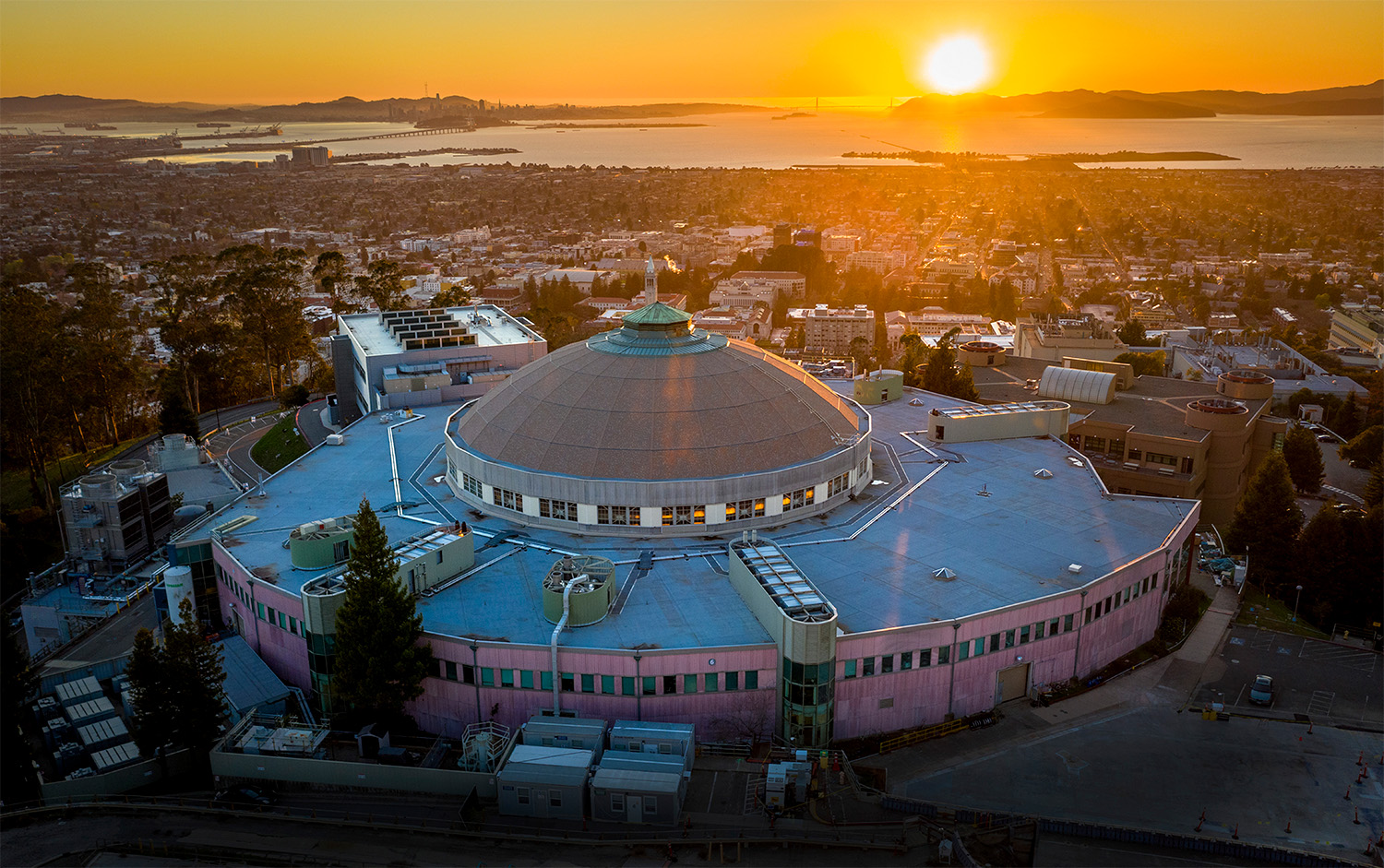
Advanced Light Source Upgrade Approved to Start Construction
Berkeley Lab’s ALS has received federal approval to begin construction on an upgrade that will boost the brightness of its X-ray beams at least a hundredfold. Scientists will use the improved beams for research into new materials, chemical reactions, and biological processes. This construction milestone enables the lab’s biggest project in three decades to move from planning to execution.
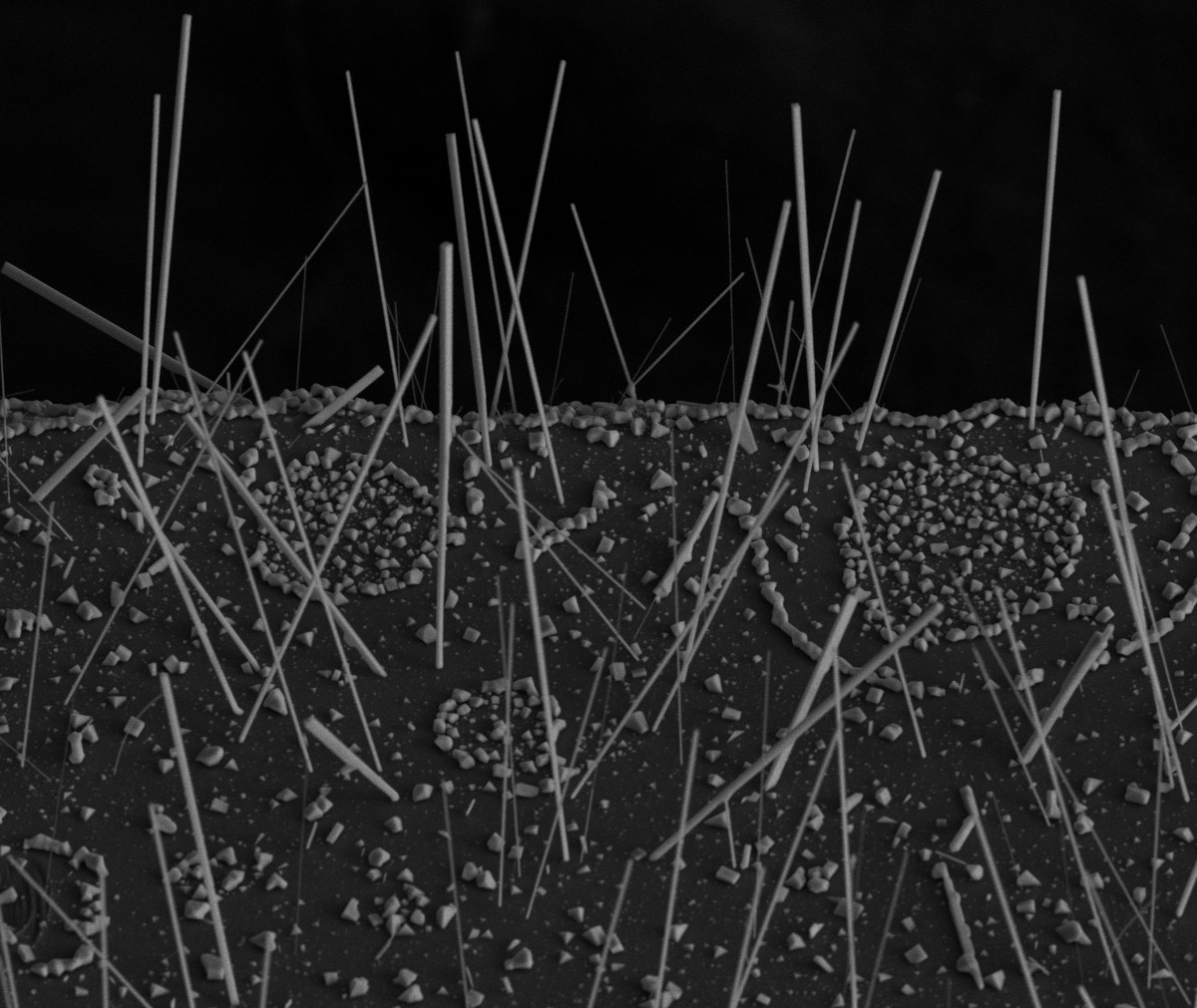
Scientists Grow Lead-Free Solar Material With a Built-In Switch
A lead-free solar material developed by Berkeley Lab scientists offers a simpler and more sustainable approach to solar cell manufacturing. The advance could also benefit halide perovskites, a promising solar technology that requires much less energy to manufacture than silicon.
New Public-Private Partnership to Upgrade Tool That Estimates Costs of Power Interruptions
Berkeley Lab has initiated a national public-private partnership to update and upgrade the Interruption Cost Estimate (ICE) Calculator – a publicly available, online tool – which estimates the economic consequences of power interruptions.
New Ultrathin Capacitor Could Enable Energy-Efficient Microchips
Scientists at Berkeley Lab and UC Berkeley have developed a thin film from a century-old material for next-gen memory and logic devices. The breakthrough advances the pursuit of low-voltage electronics that require less energy to operate than today’s silicon-based electronics.
Pushing the Boundaries of Moore’s Law: How Can Extreme UV Light Produce Tiny Microchips?
Some analysts say that the end of Moore’s Law is near, but Patrick Naulleau, the director of Berkeley Lab’s Center for X-Ray Optics (CXRO), says that it could be decades before the modern chip runs out of room for improvement, thanks to advances in materials and instrumentation enabled by the CXRO.
Skyrmions on the Rise – New 2D Material Advances Low-Power Computing
A team co-led by Lawrence Berkeley National Laboratory has discovered a new ultrathin material with exotic magnetic features called skyrmions. The new material could enable the next generation of tiny, fast, energy-efficient electronic devices.
Science snapshots from Berkeley Lab
New Berkeley Lab breakthroughs: engineering chemical-producing microbes; watching enzyme reactions in real time; capturing the first image of ‘electron ice’; revealing how skyrmions really move
LED Material Shines Under Strain
A team led by researchers at Lawrence Berkeley National Laboratory (Berkeley Lab) and UC Berkeley has demonstrated an approach for achieving LEDs with near 100% light-emission efficiency at all brightness levels.
Main Attraction: Scientists Create World’s Thinnest Magnet
Scientists at Berkeley Lab and UC Berkeley have created an ultrathin magnet that operates at room temperature. The ultrathin magnet could lead to new applications in computing and electronics – such as spintronic memory devices – and new tools for the study of quantum physics.
What if We Could Give Viruses a One-Two Punch?
Researchers at Stanford and Berkeley Lab’s Molecular Foundry have developed virus-killing molecules called peptoids. The technology could make possible an emerging category of antiviral drugs that could treat everything from herpes and COVID-19 to the common cold.
This crystal impurity is sheer perfection
Scientists at Berkeley Lab and UC Berkeley have developed a nanoparticle composite that grows into 3D crystals. The new 3D-grown material could speed up production and eliminate errors in the mass manufacturing of nanoscale photonics for smart buildings or actuators for robotics.
Key to Carbon-Free Cars? Look to the Stars
In a decade-long quest, scientists at Berkeley Lab, the University of Hawaii, and Florida International University uncover new clues to the origins of the universe – and land new chemistry for cleaner combustion engines
Are Heavy Metals Toxic? Scientists Find Surprising New Clues in Yeast
Scientists at Berkeley Lab and UC Berkeley have compiled the most complete library yet of lanthanide heavy metals and their potential toxicity – by exposing baker’s yeast to lanthanides. Their findings could help researchers uncover hidden pathways between lanthanide metals and disease.
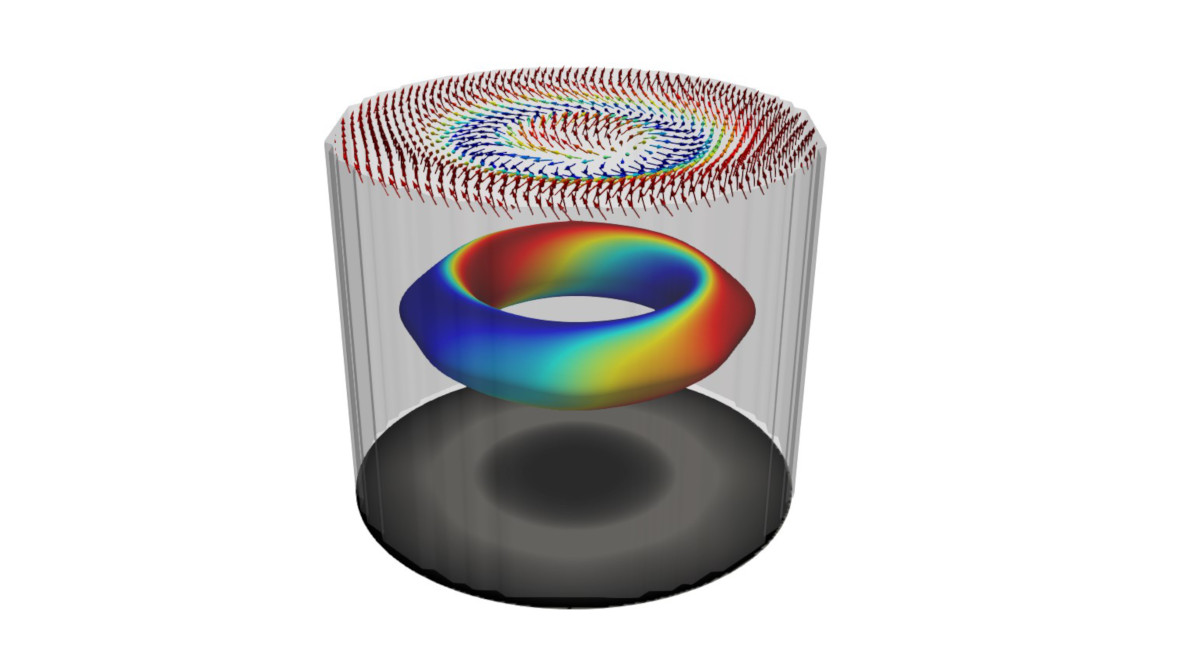
The Spintronics Technology Revolution Could Be Just a Hopfion Away
A research team co-led by Berkeley Lab has created and observed quasiparticles called 3D hopfions at the nanoscale (billionths of a meter) in a magnetic system. The discovery could advance high-density, high-speed, low-power, yet ultrastable magnetic memory “spintronics” devices.
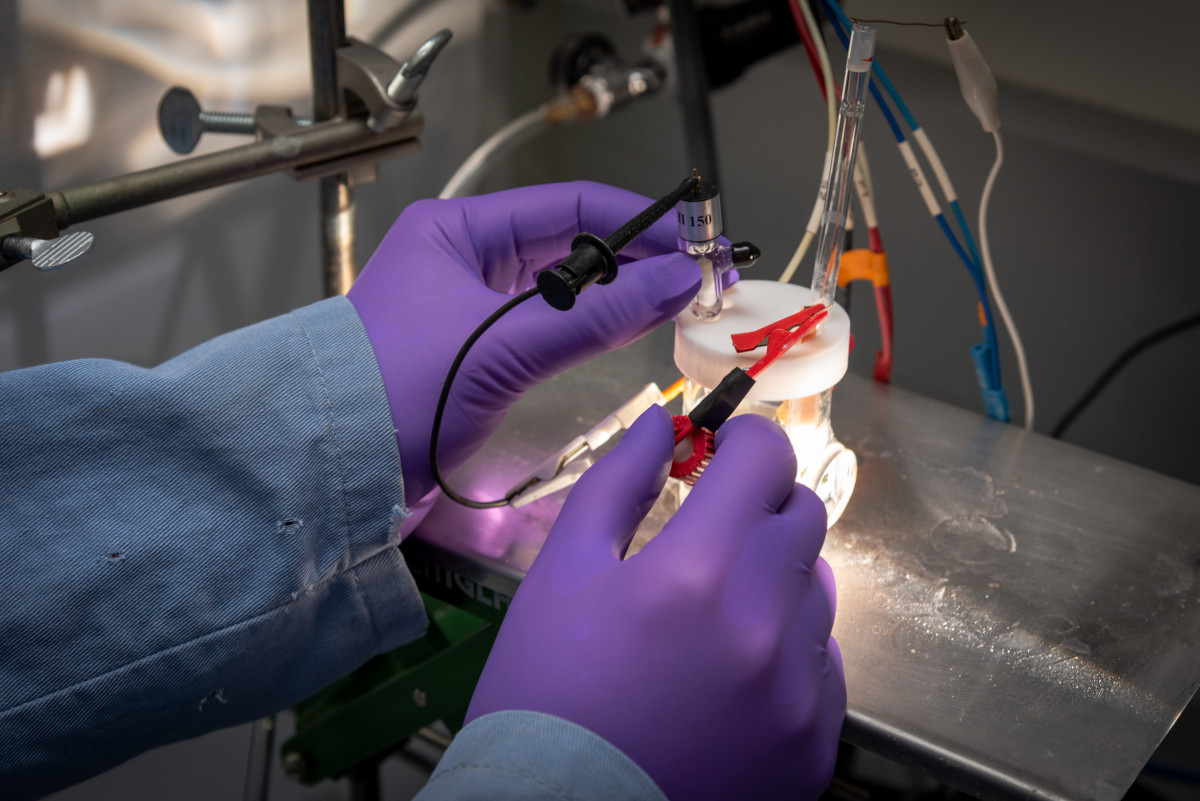
This hydrogen fuel machine could be the ultimate guide to self improvement
Scientists at Berkeley have uncovered an extraordinary self-improving property that transforms an ordinary semiconductor into a highly efficient and stable artificial photosynthesis device
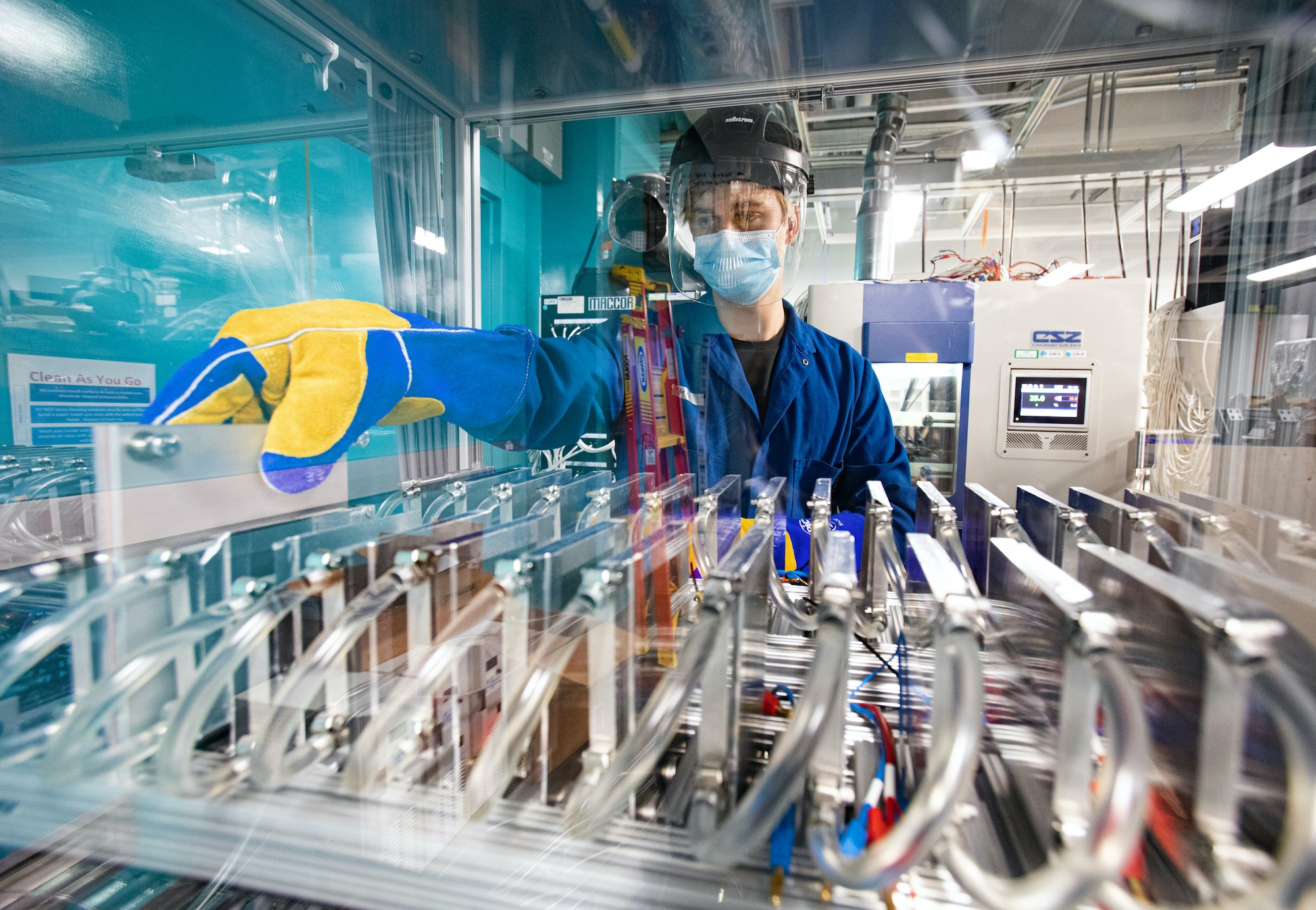
April Snapshots
Science Snapshots from Berkeley Lab: X-rays accelerate battery R&D; infrared microscopy goes off grid; substrates support 2D tech
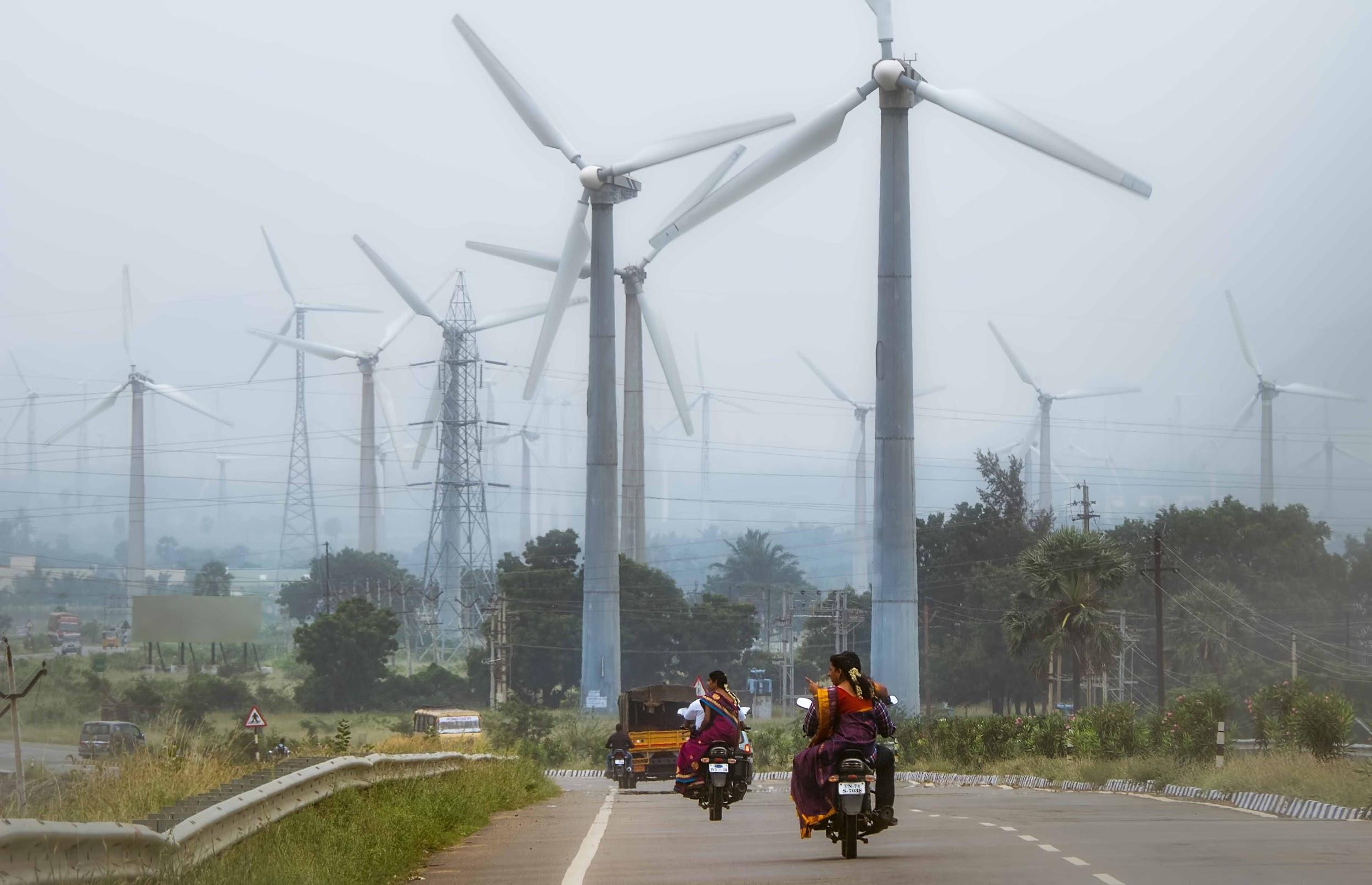
Science Snapshots From Berkeley Lab – Week of March 29, 2021
India’s Ambitious Clean Energy Goals, a Secret Pathway to Harnessing the Sun for Clean Energy, and a Supersmart Gas Sensor for Asthmatics
Revealing Nano Big Bang – Scientists Observe the First Milliseconds of Crystal Formation
At Berkeley Lab’s Molecular Foundry, scientists recruited a world-leading microscope to capture atomic-resolution, high-speed images of gold atoms self-organizing, falling apart, and then reorganizing many times before settling into a stable, ordered crystal.
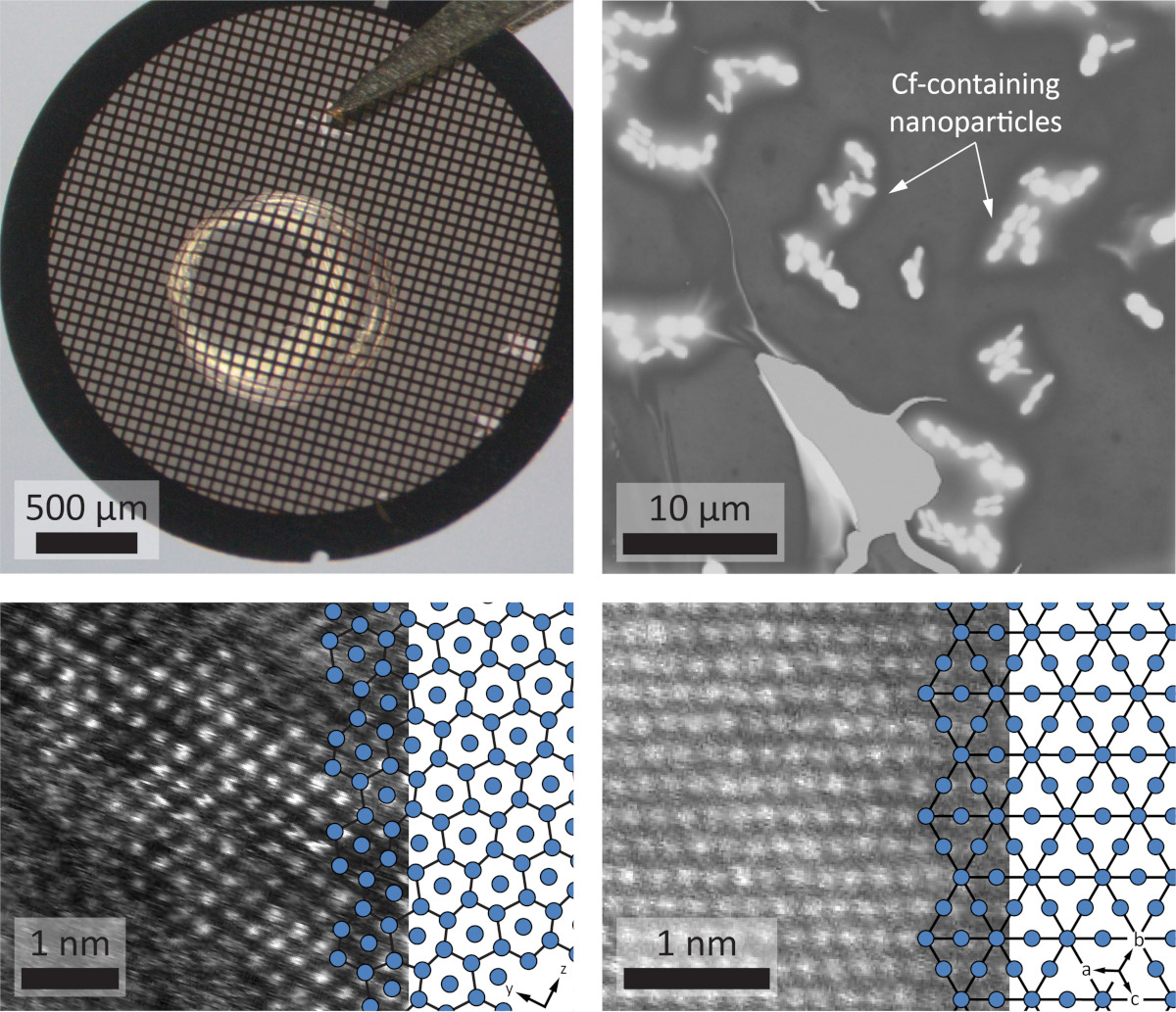
Do You Know the Way to Berkelium, Californium?
Scientists at Berkeley Lab have demonstrated how to image samples of heavy elements as small as a single nanogram. The new approach will help scientists advance new technologies for medical imaging and cancer therapies.

Science Snapshots: COVID-19, power outages, Alzheimer’s disease, and optical antennas
March Science Snapshots from Berkeley Lab
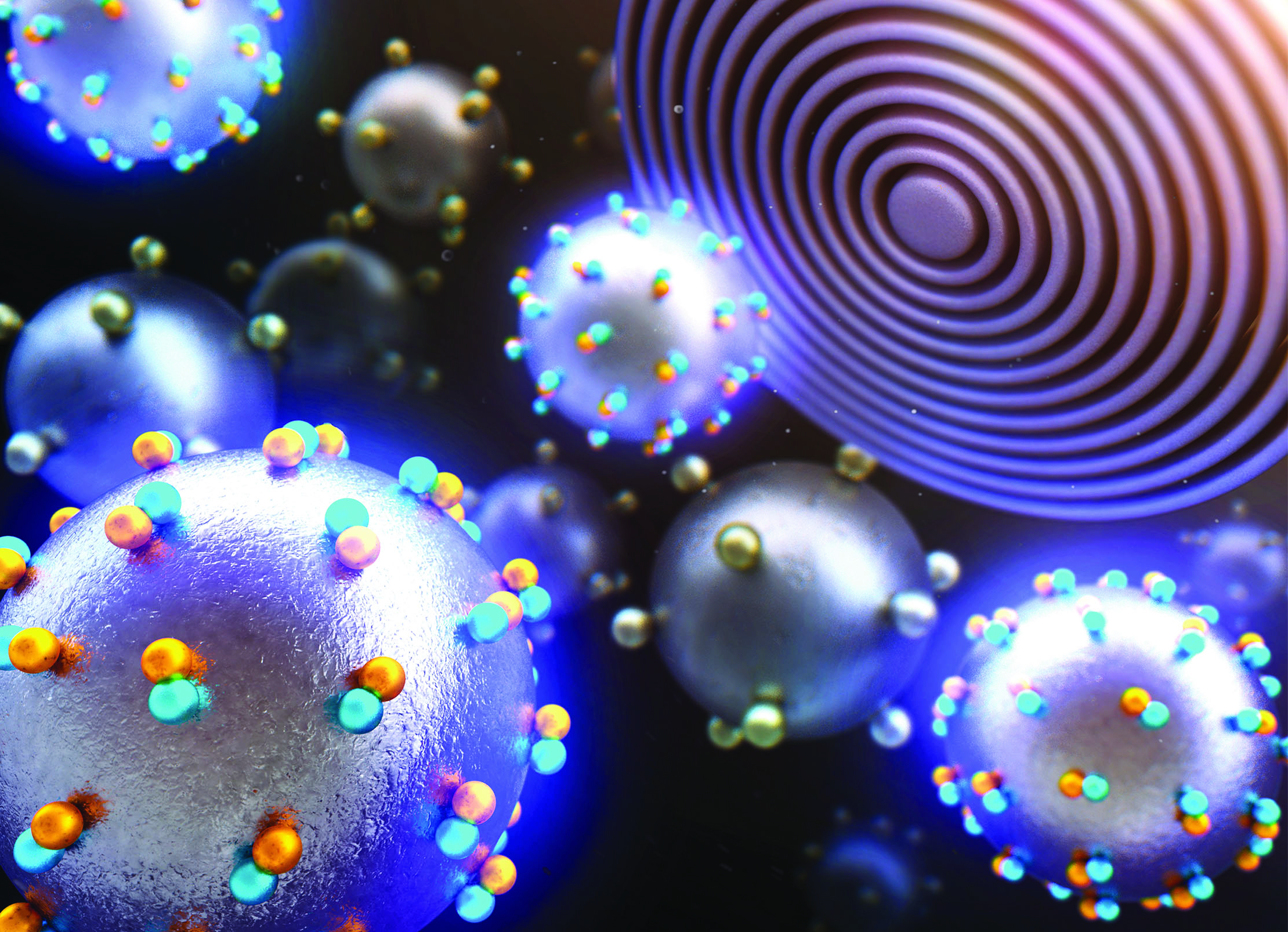
A COSMIC Approach to Nanoscale Science
COSMIC, a multipurpose X-ray instrument at Berkeley Lab’s Advanced Light Source, has made headway in the scientific community since its launch less than 2 years ago, with groundbreaking contributions in fields ranging from batteries to biominerals.
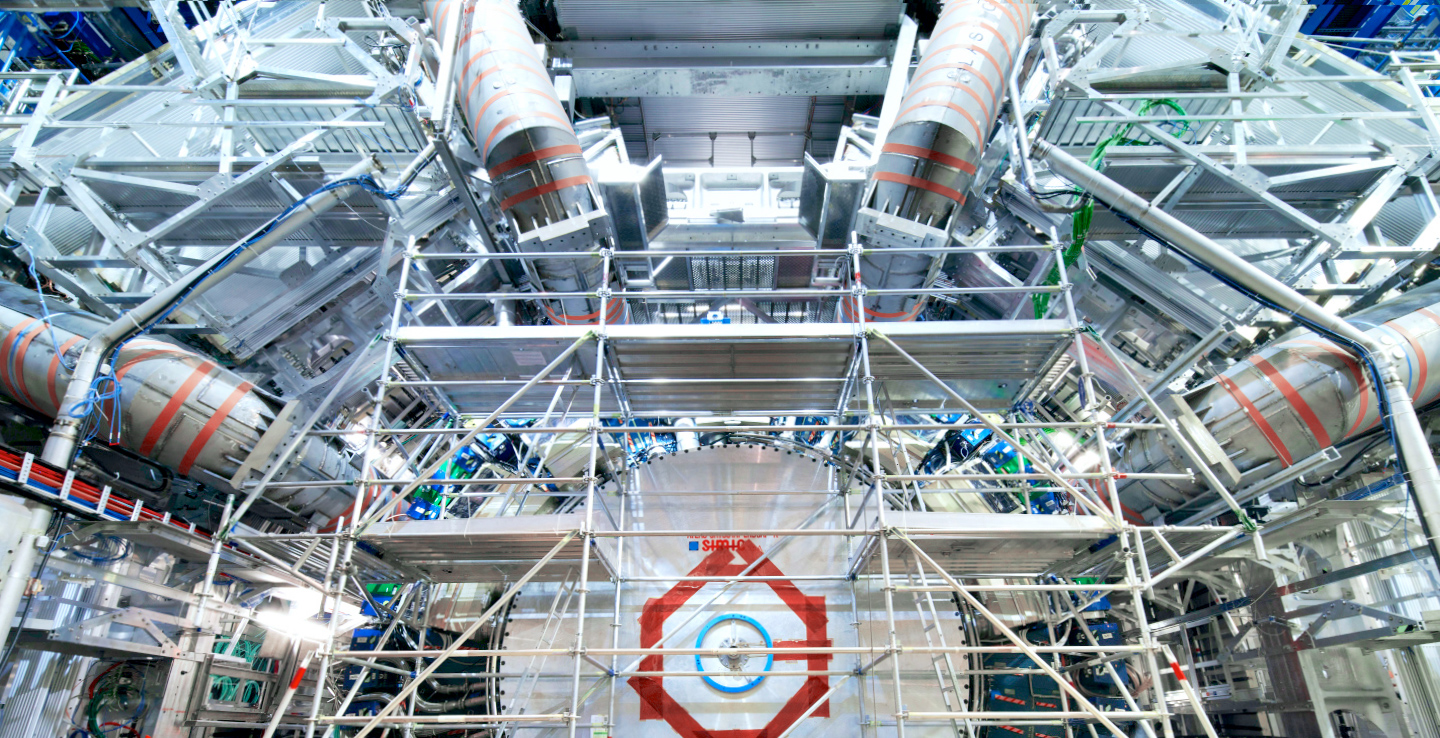
Researchers Hunt for New Particles in Particle Collider Data
Berkeley Lab researchers participated in a study that used machine learning to scan for new particles in three years of particle-collision data from CERN’s ATLAS detector.
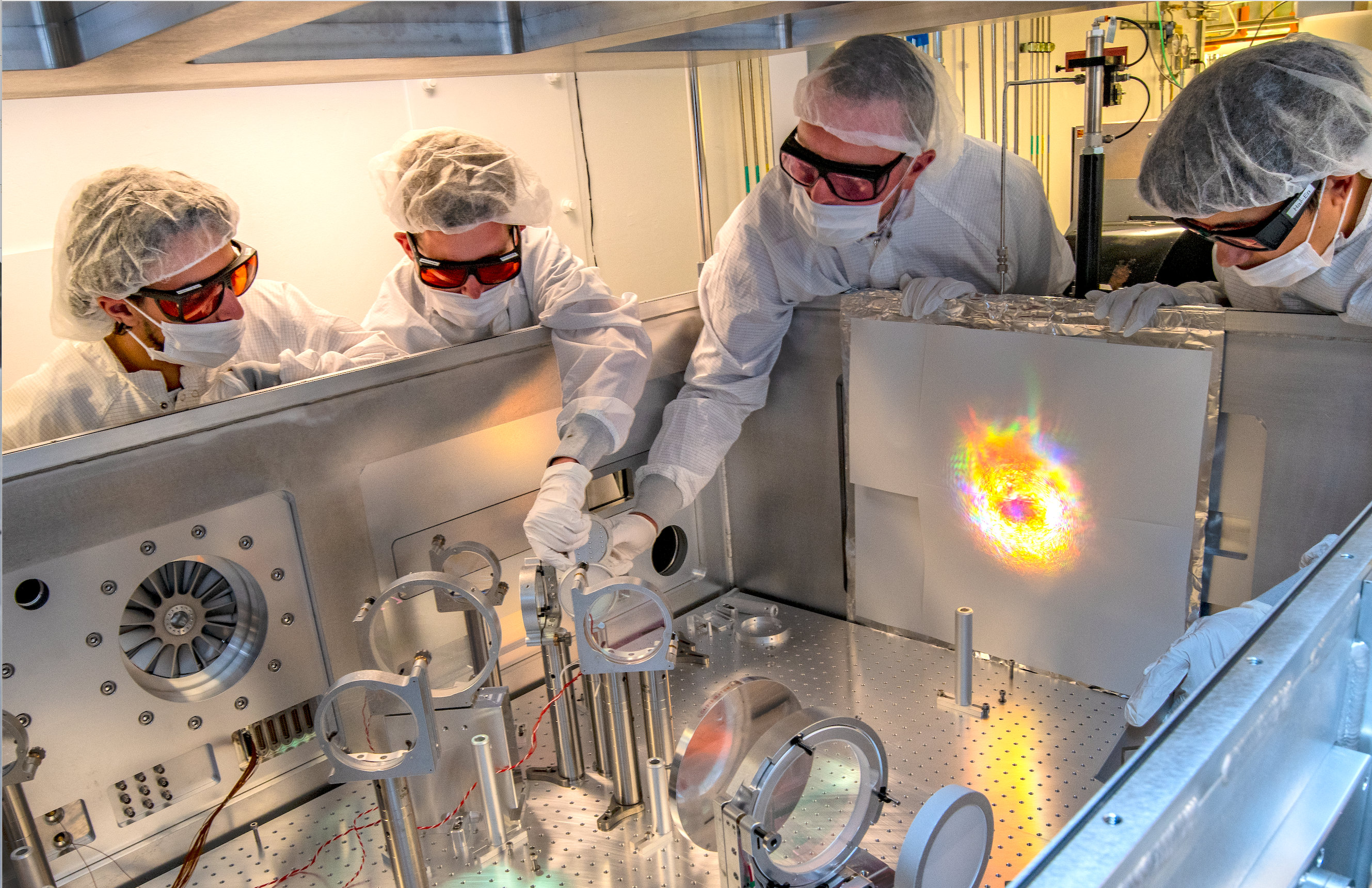
Advisory Committee Releases Strategic Plan for U.S. Fusion, Plasma Program
The U.S. Department of Energy (DOE) Fusion Energy Sciences Advisory Committee (FESAC) has adopted and endorsed a new report that lays out a strategic plan for fusion energy and plasma science research over the next decade. The report has been…
Science Snapshots From Berkeley Lab
These news briefs cover topics including gut microbes, tsetse flies in 3D, an energy use framework for heating and cooling, and new gravitational lensing candidates.
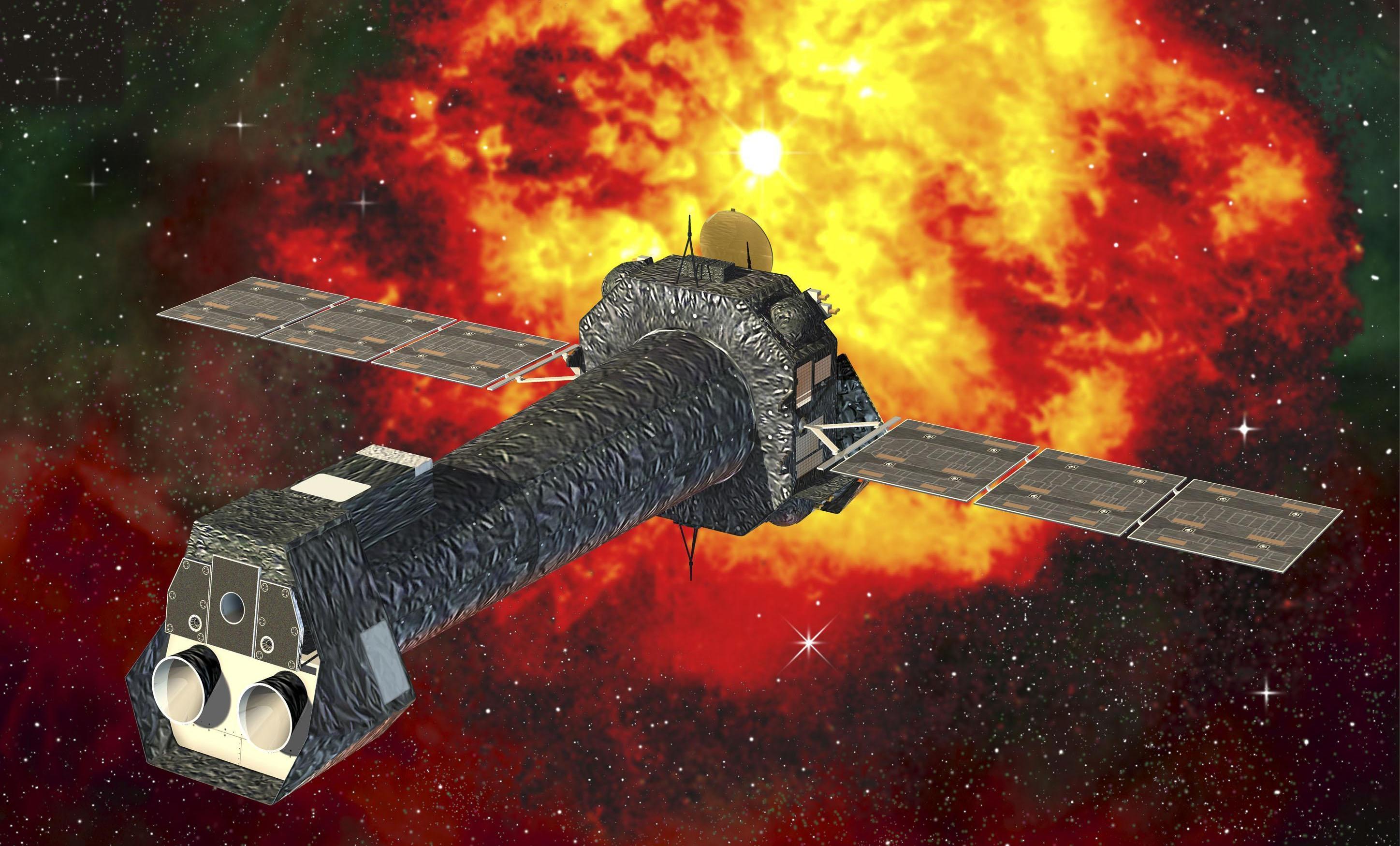
Study: X-Rays Surrounding ‘Magnificent 7’ May Be Traces of Sought-After Particle
A new study, led by a theoretical physicist at Berkeley Lab, suggests that never-before-observed particles called axions may be the source of unexplained, high-energy X-ray emissions surrounding a group of neutron stars.
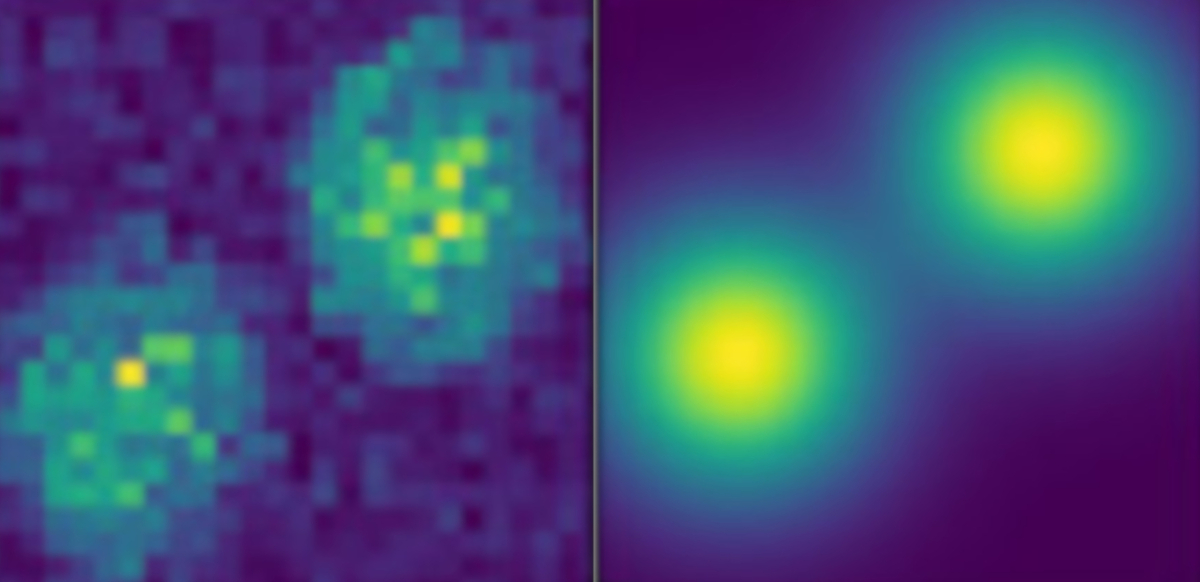
Shine On: Avalanching Nanoparticles Break Barriers to Imaging Cells in Real Time
A team of researchers co-led by Berkeley Lab and Columbia University has developed a new material called avalanching nanoparticles that, when used as a microscopic probe, offers a simpler approach to taking high-resolution, real-time snapshots of a cell’s inner workings at the nanoscale.
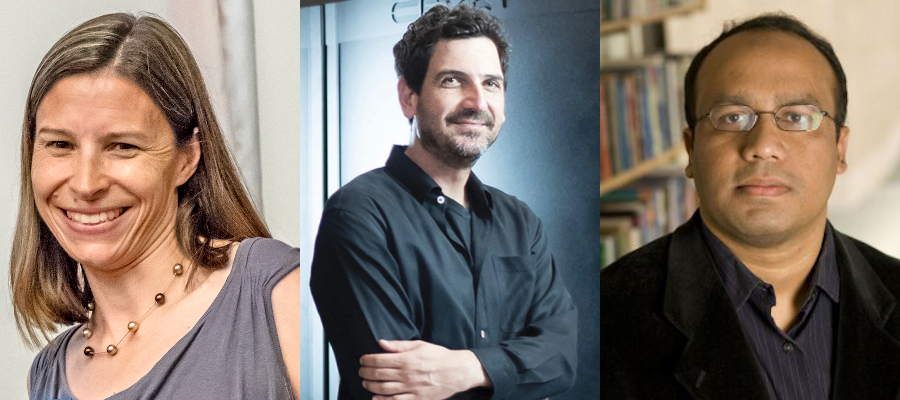
Two Berkeley Lab Scientists Honored with the Lawrence Award
The Department of Energy has announced that Susannah Tringe and Dan Kasen, two scientists at Lawrence Berkeley National Laboratory (Berkeley Lab), will receive the Ernest Orlando Lawrence Award, one of DOE’s highest honors. Additionally, former Berkeley Lab scientist M. Zahid Hasan was also named as one of the eight recipients.
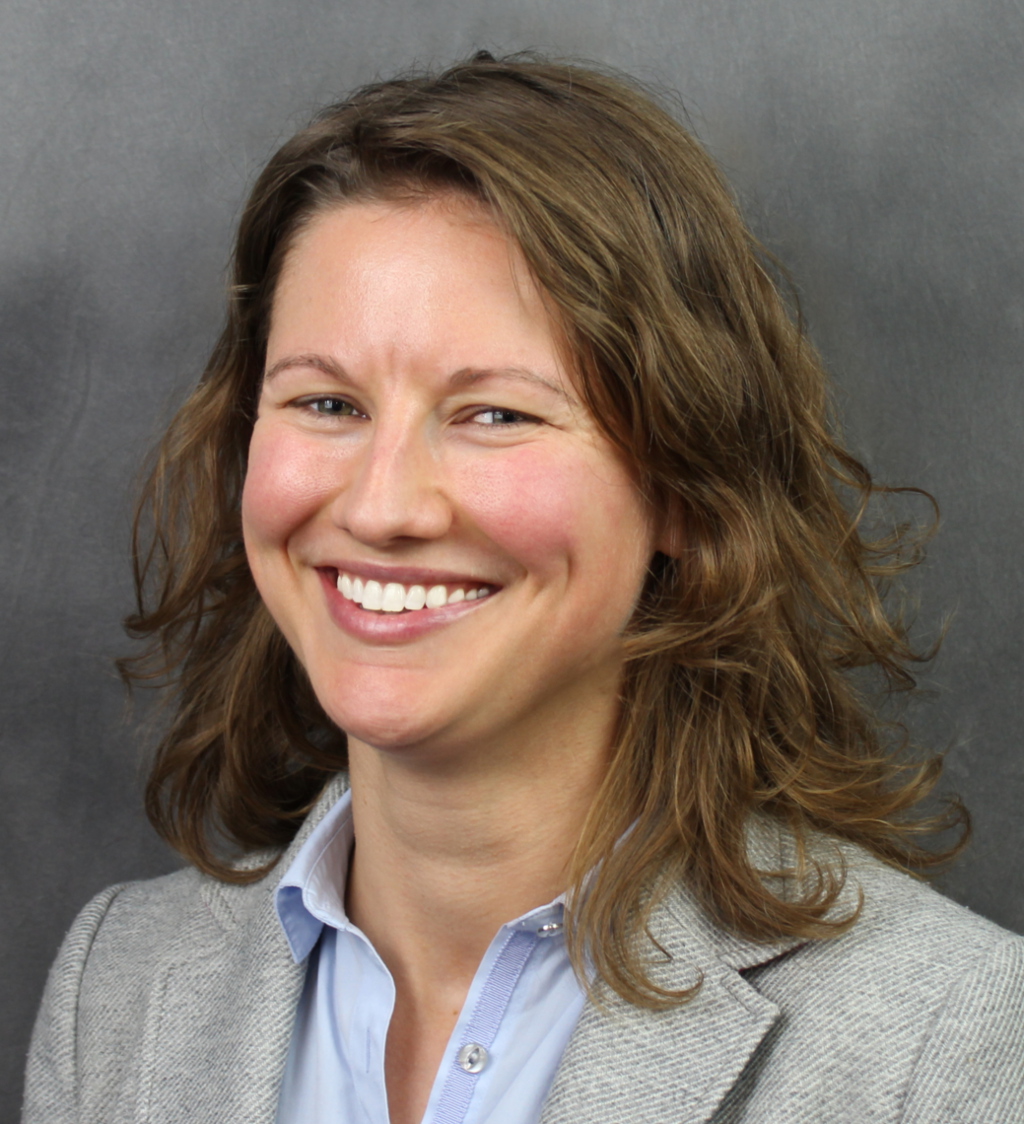
Rachel Slaybaugh to Lead Berkeley Lab’s Cyclotron Road
The Department of Energy’s Lawrence Berkeley National Laboratory (Berkeley Lab) has named Rachel Slaybaugh, associate professor of nuclear engineering at UC Berkeley, to lead Berkeley Lab’s Cyclotron Road Division.
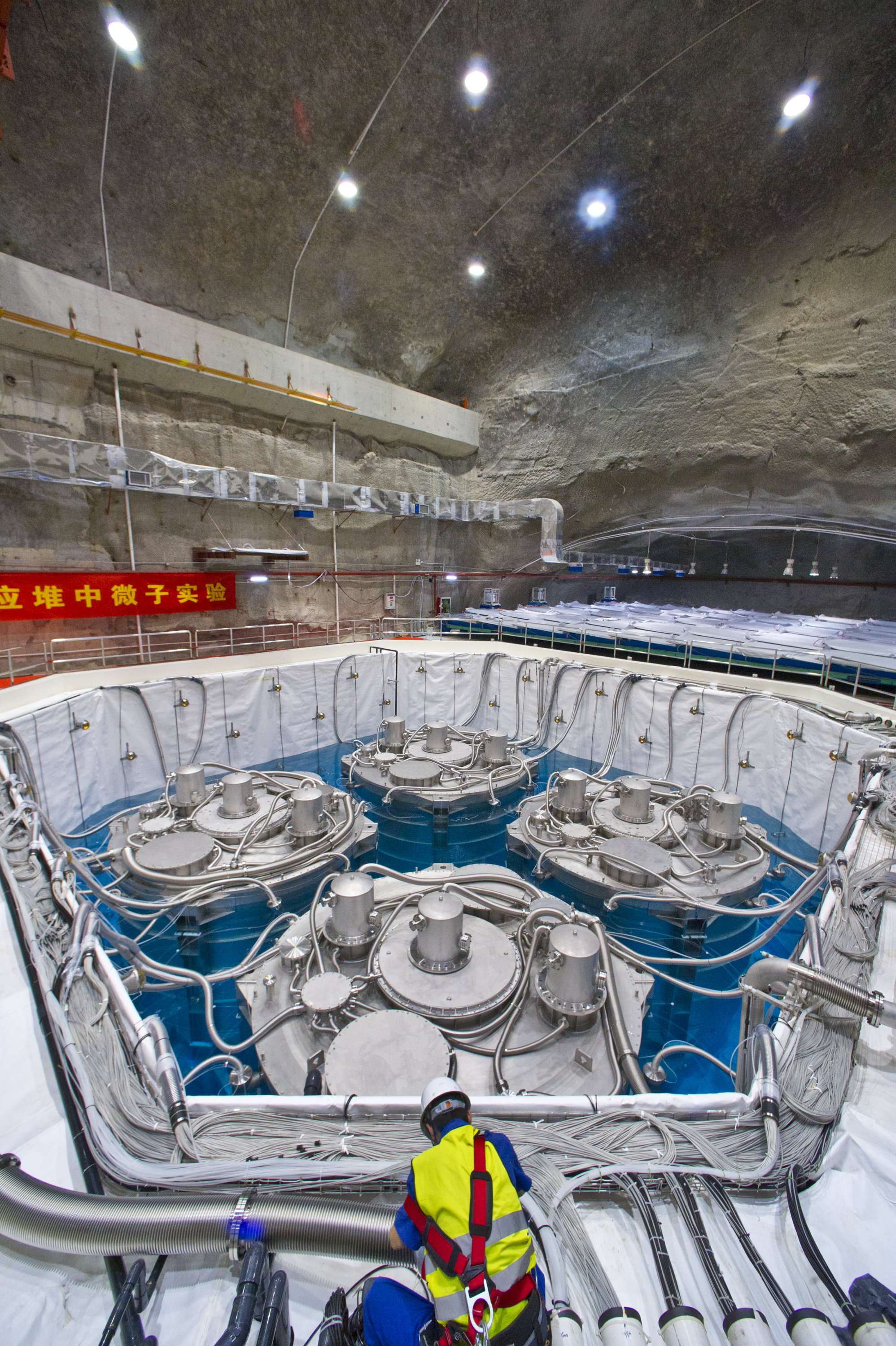
Scientists Say Farewell to Daya Bay Site, Proceed with Final Data Analysis
The Daya Bay Reactor Neutrino Experiment collaboration – which made a precise measurement of an important neutrino property eight years ago, setting the stage for a new round of experiments and discoveries about these hard-to-study particles – has finished taking data. Though the experiment is formally shutting down, the collaboration will continue to analyze its complete dataset to improve upon the precision of findings based on earlier measurements.

This Anti-COVID Mask Breaks the Mold
To address PPE shortages during the pandemic, scientists at Berkeley Lab and UC Berkeley are developing a rechargeable, reusable, anti-COVID N95 mask and a 3D-printable silicon-cast mask mold.
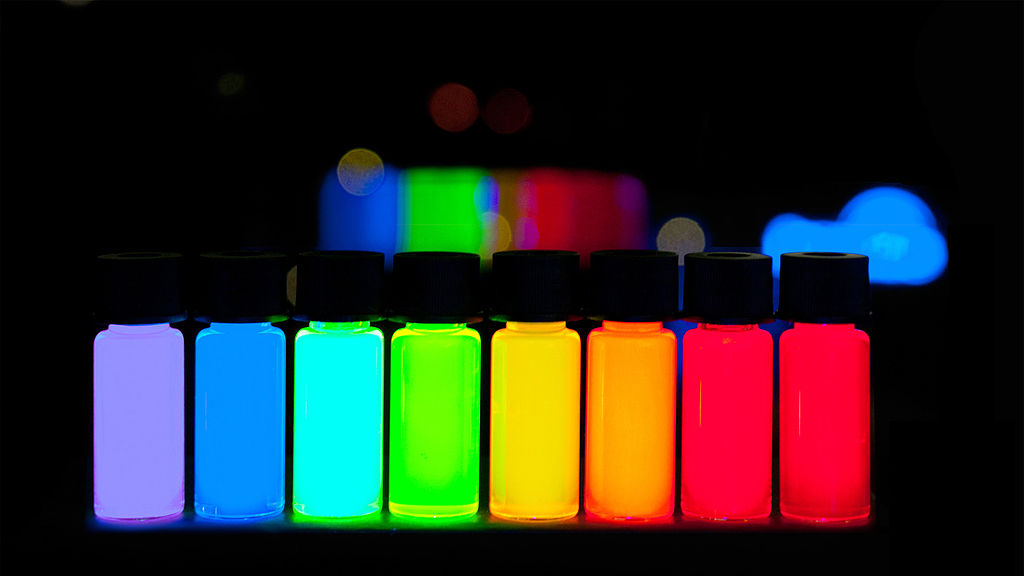
Science Snapshots from Berkeley Lab
Berkeley Lab-developed machine learning tool can also calculate the optical properties of a known structure; CUORE experiment in Italy is designed to find theorized process called neutrinoless double-beta decay
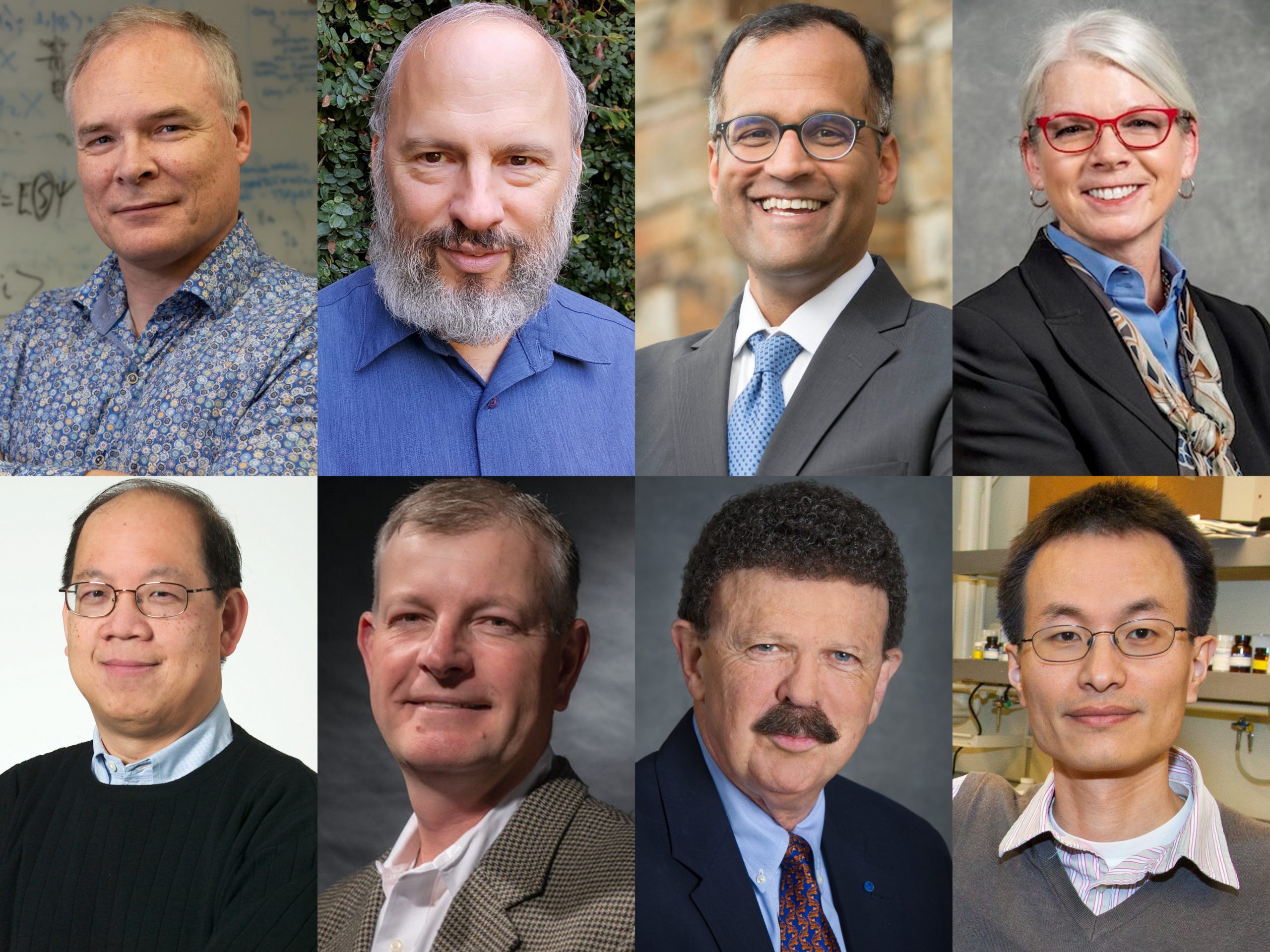
8 Berkeley Lab Scientists Named 2020 AAAS Fellows
The American Association for the Advancement of Science, the world’s largest general scientific society, today announced that 489 of its members, among them eight scientists at Berkeley Lab, have been named Fellows. This lifetime honor, which follows a nomination and review process, recognizes scientists, engineers, and innovators for their distinguished achievements in research and other disciplines toward the advancement or applications of science.
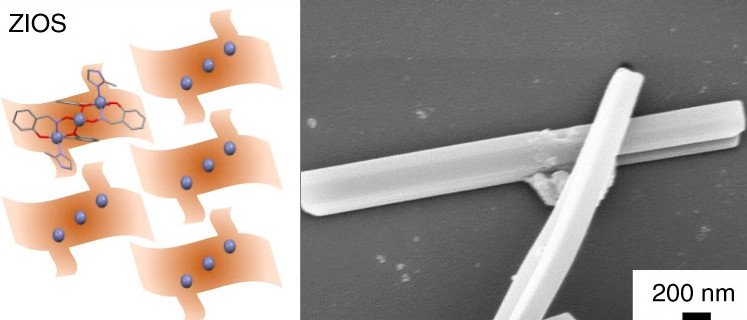
New Material Designed by Berkeley Lab ‘Mines’ Copper from Toxic Wastewater
A research team led by Berkeley Lab has designed a new material – called ZIOS (zinc imidazole salicylaldoxime) – that extracts copper ions from mine wastewater with unprecedented precision and speed.
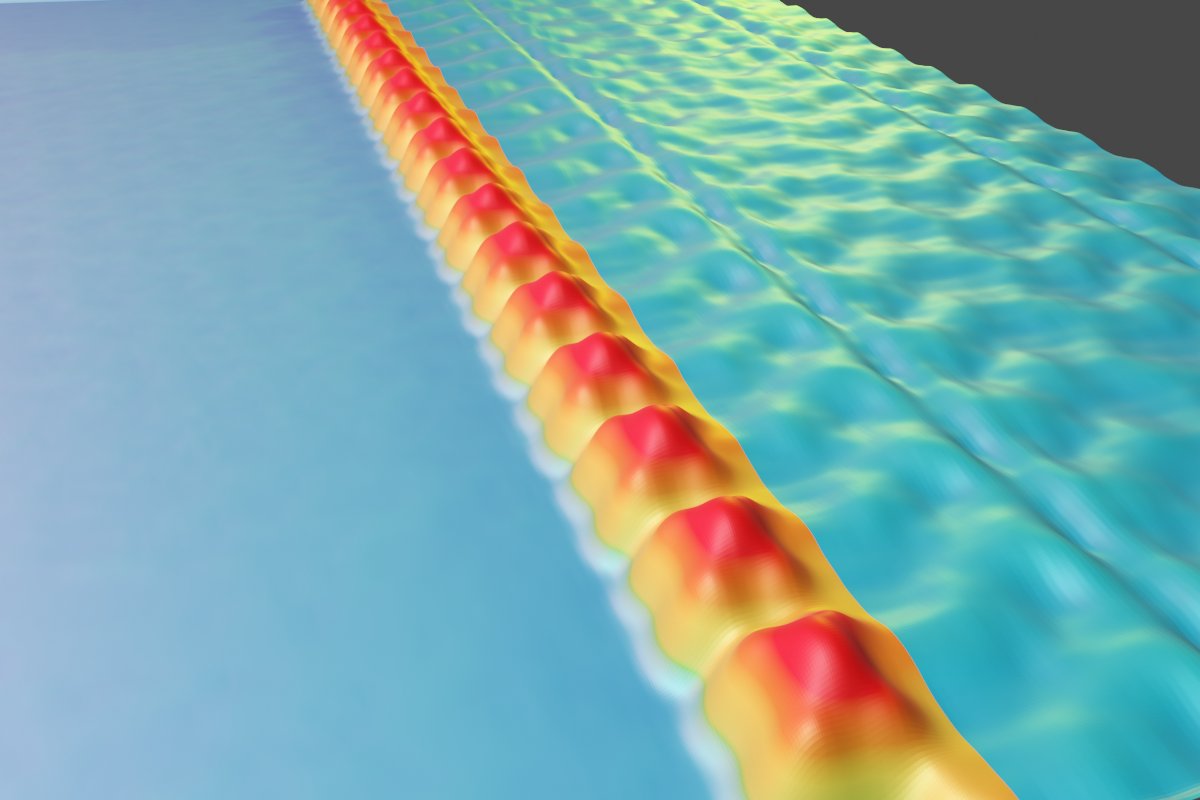
Charges Cascading Along a Molecular Chain
Removing one charged molecule from a one-dimensional array causes the others to alternately turn ‘on’ or ‘off,’ paving the way for information transfer in tiny circuits
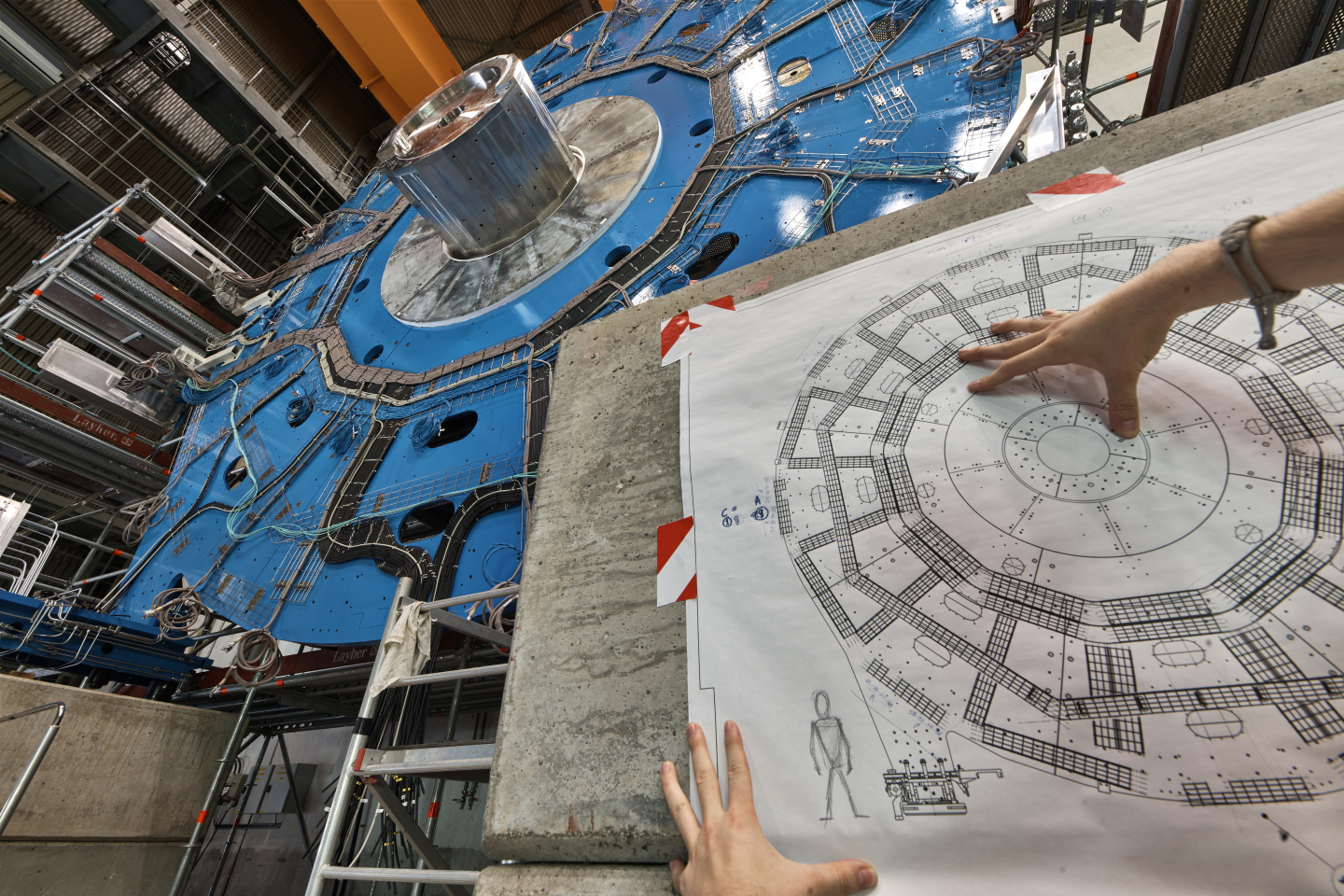
Know When to Unfold ’Em: Study Applies Error-Reducing Methods from Particle Physics to Quantum Computing
Borrowing a page from high-energy physics and astronomy textbooks, a team of physicists and computer scientists at Berkeley Lab has successfully adapted and applied a common error-reduction technique to the field of quantum computing.
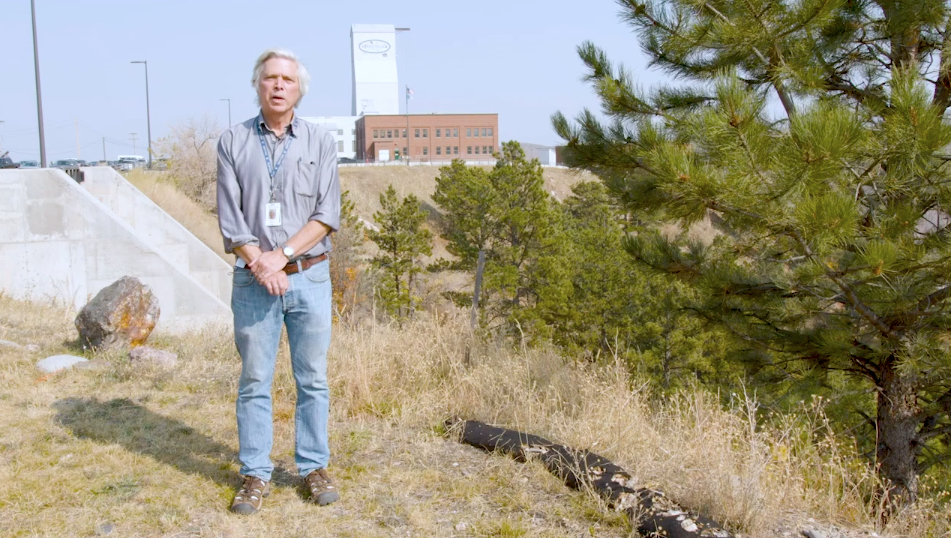
VIDEO: Dark Matter Day Q&A with LUX-ZEPLIN Spokesperson Kevin Lesko
Kevin Lesko, a spokesperson for the LUX-ZEPLIN (LZ) dark matter experiment and senior physicist at Berkeley Lab, shares his insights about the mysteries of dark matter, what we know about it, and what we hope to learn about it from LZ, in this Q&A interview at Sanford Lab.
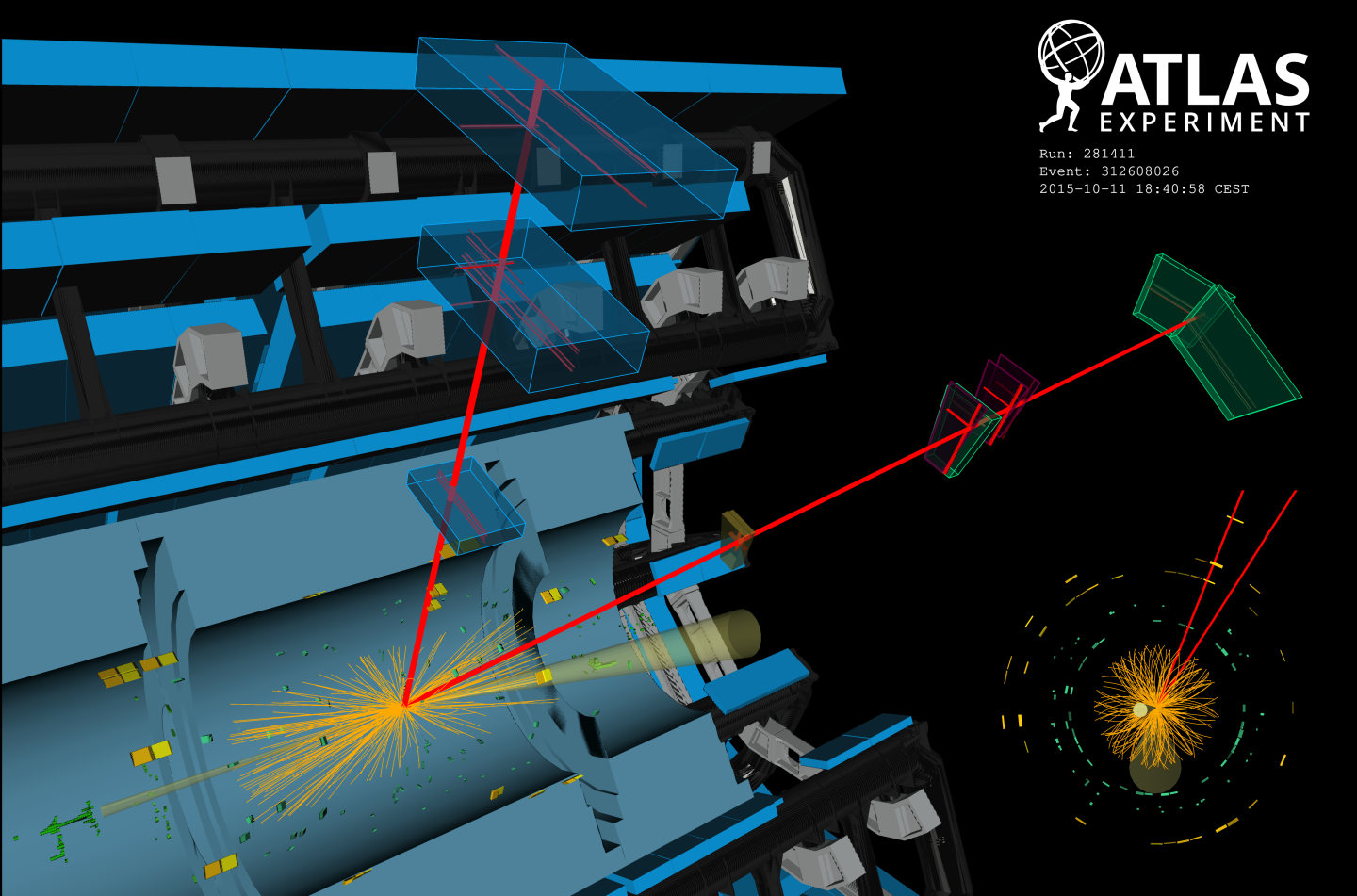
Berkeley Lab Scientists Contribute to New Exploration of Higgs Boson Interactions
A new analysis, featuring important contributions by Berkeley Lab scientists, strongly supports the hypothesis that the Higgs boson interacts with muons, which are heavier siblings of electrons and the lightest particles yet to reveal evidence for these interactions.